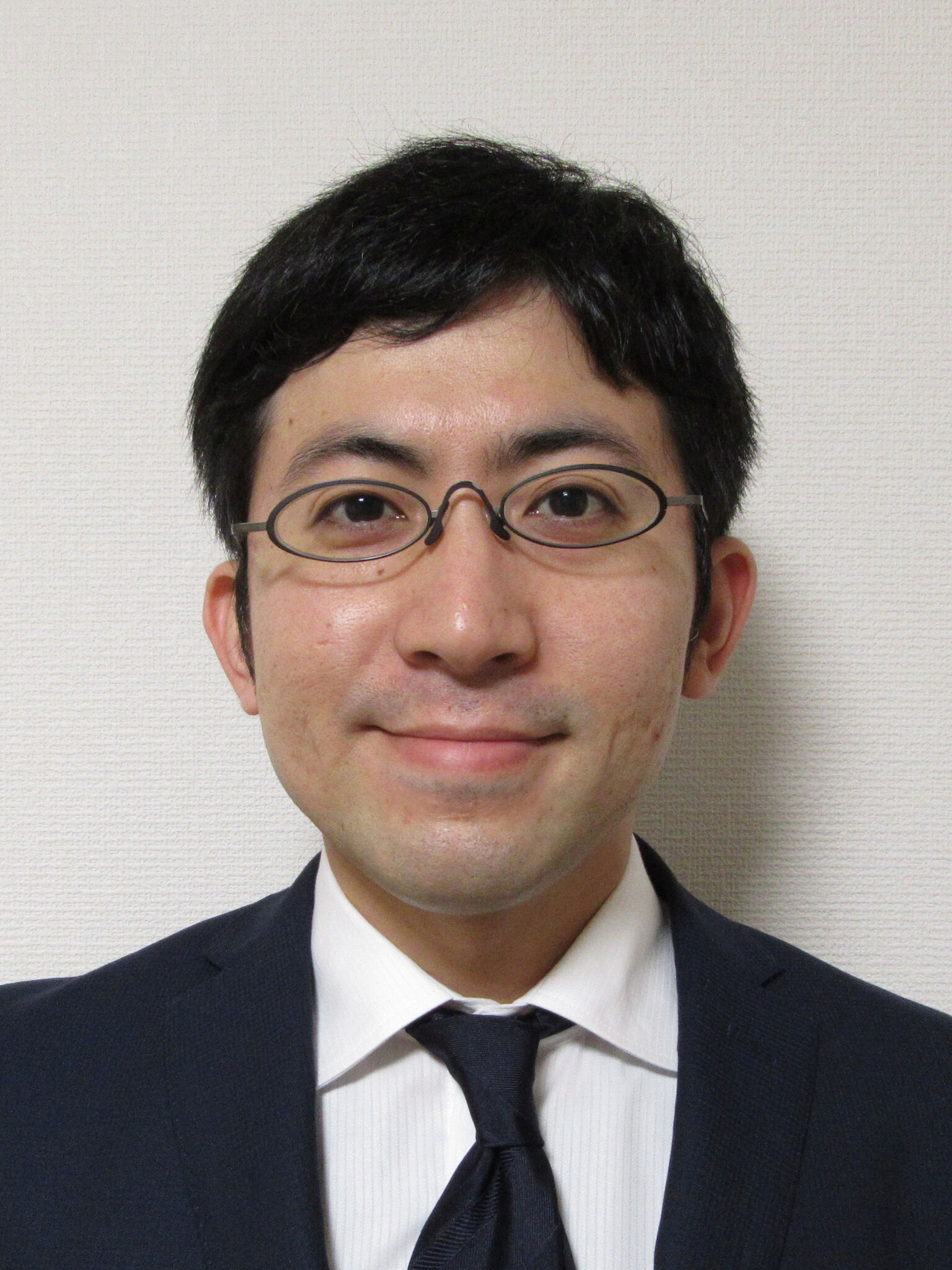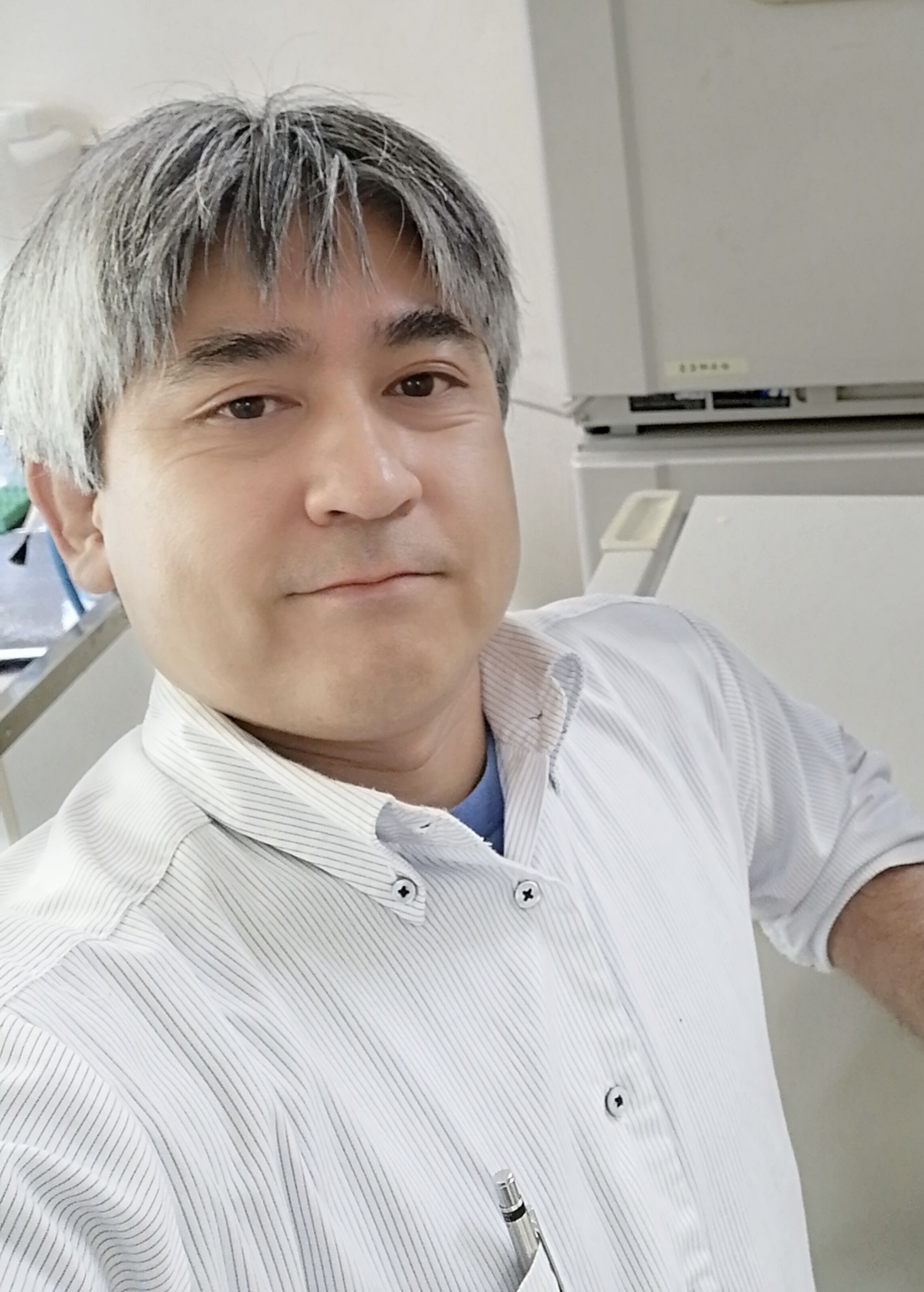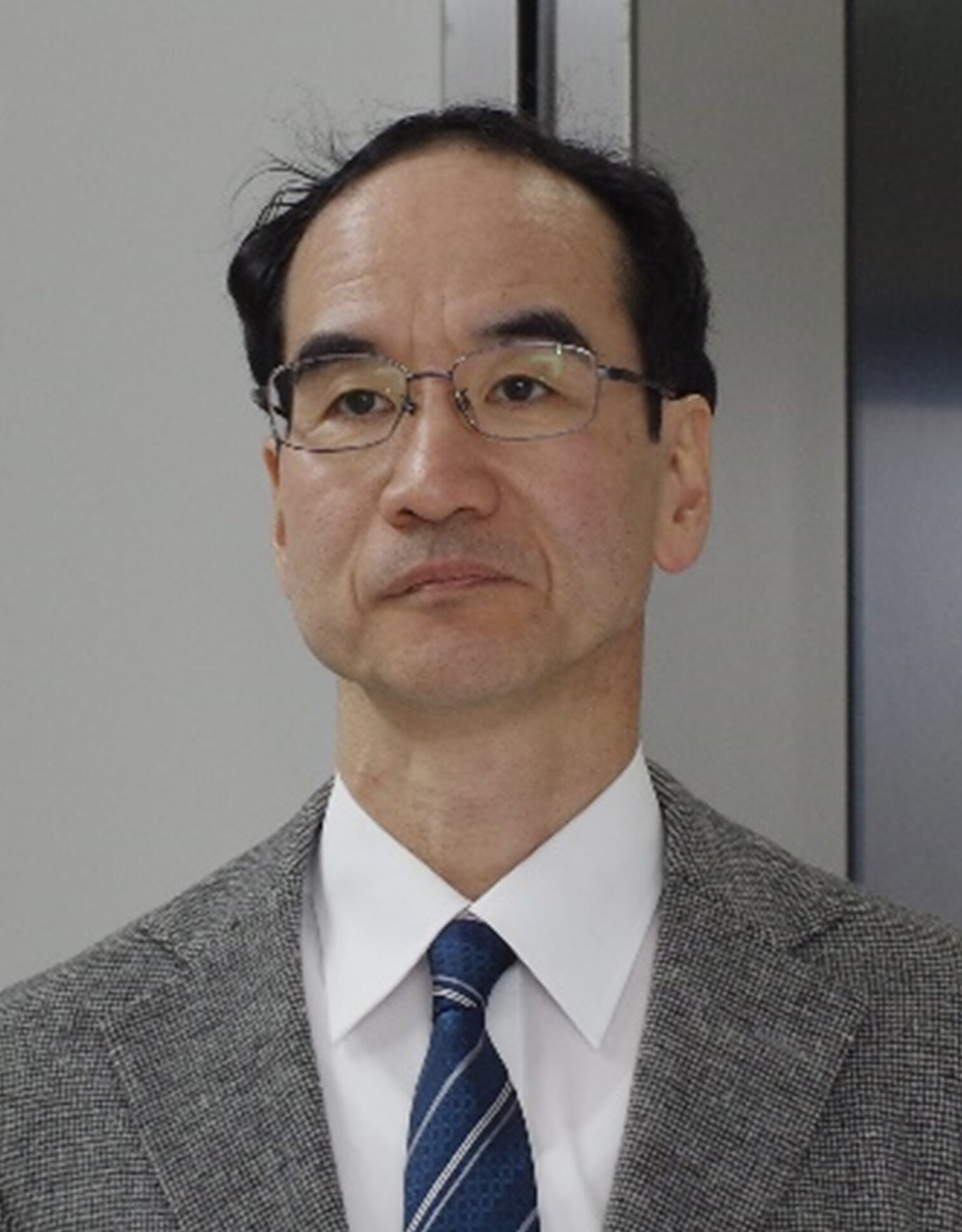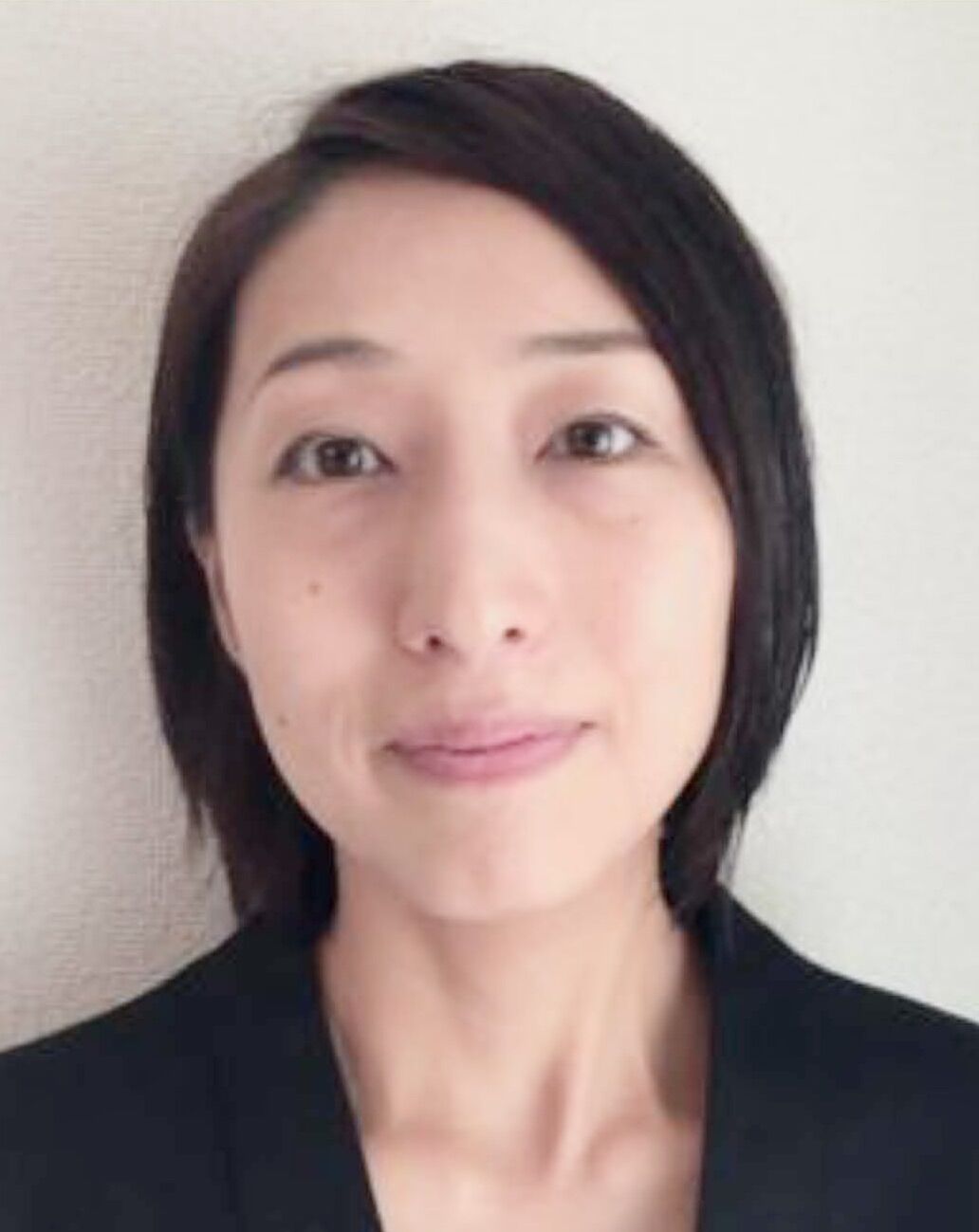第17回NAGOYAグローバルリトリート(第6回CIBoGリトリート)2025年2月21日(金)〜22日(土)
第17回NAGOYAグローバルリトリート
(第6回CIBoGリトリート)
日 時:2025年2月21日(金) 10:00〜22日(土) 12:00(1泊2日)
場 所:あいち健康プラザ(大府市、対面)
バ ス:下記のバスを準備予定ですが、人数が集まらない場合は取りやめとなる可能性があります。
2025年2月21日(金) 8:30頃 東山キャンパス・鶴舞キャンパス 会場(あいち健康プラザ)行き
2025年2月21日(金) 9:00頃 大府駅発 会場(あいち健康プラザ)行き
2025年2月21日(金) 20:00頃 会場(あいち健康プラザ)発 大府駅・東山キャンパス・鶴舞キャンパス行き
2025年2月22日(土) 8:00頃 大府駅発 会場(あいち健康プラザ)行き
2025年2月22日(土) 12:00頃 会場(あいち健康プラザ)発 大府駅・東山キャンパス・鶴舞キャンパス行き
参加費、食費、宿泊費:無料(主催者負担)
ドリンク代:1,000円(夕食および交流会参加者、現地でお支払い下さい)
参加対象者:東海地区の研究機関の教員、研究者、ポスドク、医員、大学院生、学部生
CIBoG連携機関の研究者
参加機関:
名古屋大学医学系研究科(協力講座・連携講座を含む)
名古屋大学環境医学研究所
名古屋大学創薬科学研究科
名古屋大学情報学研究科
名古屋大学生命農学研究科
岐阜大学連合農学研究科
岐阜大学自然科学技術研究科
岐阜薬科大学
国立長寿医療研究センター
自然科学研究機構生理学研究所
愛知県がんセンター研究所
愛知県医療療育総合センター発達障害研究所
【招待講演】
勝野雅央先生 (教授)
名古屋大学大学院医学系研究科 神経内科学
CIBoG卓越大学院プログラム プログラムコーディネーター
https://www.med.nagoya-u.ac.jp/neurology/
Biomarker analysis in prodromal cohort of Lewy body disease
|
|
Lewy body disease including Parkinson's disease (PD) and dementia with Lewy body (DLB) share not only imaging biomarkers including MIBG myocardial scintigraphy and dopamine transporter scintigraphy (DaT SPECT), but prodromal signs such as constipation, REM sleep behavior disorder (RBD), and hyposmia, which precede the onset of motor or cognitive symptoms by as early as 20 years. It is now widely known that there is diversity in the mode of progression in the prodromal phase of Lewy body disease. To gain insight in such diversity, we created a high-risk cohort of Lewy body disease by conducting a questionnaire survey of annual health checkup examinees without neurological symptoms using self-reported questionnaires on prodromal symptoms (NaT-PROBE study). Subjects ≥50 years of age with ≥2 prodromal symptoms (dysautonomia, hyposmia, and RBD), were classified as high-risk. Among 11,452 subjects ≥50 years of age, 759 (6.6%) were classified as high-risk. These subjects had worse values of BDI-II and ESS, in addition to SCOPA-AUT, SAOQ, and RBDSQ. At the second stage of investigation using imaging and fluid biomarkers, about one-third of high-risk subjects showed deficit in MIBG and/or DaT SPECT. In plasma biomarker analysis, AD-related biomarker levels were not elevated in the high-risk group, but NfL levels were higher in the high-risk, PD, and DLB groups than in the low-risk group. NfL elevation was associated with MIBG abnormalities in the high-risk group. We also developed a novel questionnaire to screen mild motor symptoms in preclinical/prodromal subjects of Lewy body disease: Screening Questionnaire for Subtle Parkinsonism (SQSP). The score of SQSP was higher in the high-risk subjects than in the low-risk individuals who had no prodromal symptoms. It also showed association with DaT SPECT SBR values and MDS-UPDRS part 3 scores in the high-risk group. We are currently conducting a placebo-controlled randomized clinical trial of zonisamide for the high-risk subjects with imaging deficits as a preventive therapy (jRCTs041190126). |
榎本 篤 先生 (教授)
名古屋大学大学院医学系研究科 分子病理学・腫瘍病理学
https://www.med.nagoya-u.ac.jp/patho2/
Fibroblast heterogeneity and its therapeutic applications in fibrotic and inflammatory diseases
 |
Fibroblasts, a type of stromal cells that exist in almost all tissues and organs, get activated and proliferate in response to tissue damage induced by many causes, including physical wounds, inflammation, and cancer invasion. The primary and fundamental role of activated fibroblasts is the repair of injured tissues in collaboration with other immune cells, such as macrophages. The problem is, however, the sustained activation of the fibroblasts, which leads to excessive deposition of extracellular matrix, fibrosis, and tissue stiffening that impair the physiological function of the affected organs. We have been recently focusing on the diverse roles of fibroblasts in various fibroinflammatory diseases and cancer and found that we have bad fibroblasts that promote disesae progression and good ones that inhibit it. Interestingly, a pharmacological approach to increase the number of good fibroblasts ameliorated stromal fibrosis and improved the sensitivity of intractable cancers such as pancreatic cancer to chemotherapy and immunotherapy in preclinical mouse models. Based on these findings, two clinical studies on patients with advanced pancreatic cancer have been initiated at Nagoya University and the University of Tokyo. This approach could also apply to treating other types of fibrotic diseases, such as cardiac and lung fibrosis. In this session, I will talk about recent progress on fibrosis research in our laboratory, which I hope will raise active discussion among the audience. |
岡 泰由 先生 (講師)
名古屋大学環境医学研究所 発生・遺伝分野 生体適応・防御研究部門
https://www.riem.nagoya-u.ac.jp/4/genetics/index.html
Transcription-coupled repair resolves aldehyde-induced DNA-protein crosslinks
 |
DNA-protein crosslinks (DPCs), formed when proteins become covalently bound to DNA, pose a significant threat to cellular function by blocking essential DNA transactions. Among the various DPC-inducing agents, endogenous aldehydes are of particular concern due to their continuous production by normal cellular metabolism. Recent clinical evidence has highlighted the importance of aldehyde detoxification pathways, as exemplified by AMeD syndrome, a newly identified disorder caused by mutations in both the ALDH2 and ADH5 genes. Patients with AMeD syndrome present with a complex phenotype including bone marrow failure, developmental delay and neurological abnormalities, suggesting a critical role for aldehyde metabolism in multiple organ systems. While previous research has established the importance of replication-coupled DPC repair pathways, our study reveals a novel mechanism for the removal of aldehyde-induced DPCs from actively transcribed regions by transcription-coupled repair (TCR). Using our newly developed DPC-seq method, we show that the conventional TCR pathway, together with VCP/p97 and the proteasome, efficiently removes DPCs from transcribed regions. Furthermore, we show that mice deficient in both aldehyde metabolism and TCR exhibit severe phenotypes reminiscent of human AMeD syndrome, particularly affecting haematopoietic stem cells. These findings demonstrate that both transcription-coupled DPC repair (TC-DPCR) and aldehyde clearance are critical for protection against metabolic genotoxins and thus explain the molecular pathogenesis of AMeD and other genetic disorders associated with defects in the TCR, such as Cockayne syndrome. |
亀高諭先生(教授)
名古屋大学大学院医学系研究科 総合保健学 生体機能科学
http://plaza.umin.ac.jp/~kametaka-lab/
Analysis of the molecular mechanisms underlying the myoblast fusion.
 |
The cell, as the fundamental unit of life, is surrounded by a plasma membrane that functions as a barrier between the internal environment and the external surroundings. Plasma membrane is composed of a lipid bilayer and plays crucial roles in protecting the cell and regulating the movement of substances in and out of the cell. The process of cell adhesion, a prerequisite for the formation of tissues, could be hindered by the surface static electrical charge resulting from the presence of charged molecules including phospholipids. Cell adhesion, therefore, requires many molecules that tether the opposing cell membranes to each other. Consequently, cell-to-cell membrane fusion rarely occurs in typical living tissues, irrespective of the density of cell presence. However, it is also well-documented that cell fusion phenomena occur frequently during specific events, including fertilization, the development of osteoclasts and muscular cells. The process of membrane fusion, specifically that of the lipid bilayers, has been demonstrated to require "membrane fusion machinery," or "fusogens," which facilitates the sequential fusing of the lipid bilayers by anchoring paired membrane lipids in close proximity to the fusion initiation site. The composition of these membrane fusion molecules, however, remains to be elucidated. The present study was thus aimed to understand the molecular basis of plasma membrane fusion. To this end, cultured myoblast cells were utilized to analyze the mechanism. Firstly, a semi-quantitative live assay system was established to monitor the cell-cell fusion event using HiBiT-LgBiT system (Promega Corp.). The assay (HiMy: HiBiT-dependent Myogenic cell fusion) system was then utilized to screen for molecules that modify cell fusion activity, employing a library of siRNAs and chemical compounds. Subsequently, the molecular characterization of two known 'fusogenic' membrane proteins, myomaker and myomixer, was performed with HiMy assay, confirming their fusogenic activity. The results from our current approach would be discussed. |
中野秀雄先生 (教授)
名古屋大学大学院生命農学研究科 応用生命科学専攻 分子生物工学研究室
https://molbiotech.wixsite.com/molbiotech
Cell-Free Protein Synthesis System for Antibody Startup
 |
Cell-free protein synthesis (CFPS) is an innovative method in biotechnology, offering a more efficient alternative to traditional in vivo protein production. This approach involves synthesizing proteins in vitro by utilizing cellular machinery extracted from cells or purified components, bypassing the need for living organisms. Using CFPS, we have developed the "Ecobody technology," a novel system for swiftly acquiring monoclonal antibodies. Initially, B cells are sourced from animal or human blood or lymph nodes, and those binding to the target antigen are isolated using a cell sorter or magnetic beads. Subsequently, the fragment of antigen binding (fab) of the light and heavy chains of antibody in each cell are amplified using RT-PCR and PCR techniques. The amplified DNA fragments are then modified to incorporate the necessary DNA sequences for expression in E. coli CFPS. The fabs are synthesized in microwells via CFPS and subjected to multiple assays such as ELISA and immunostaining. Since the entire process can be easily automated by sequentially adding and mixing reagents, this technology has the potential to significantly enhance the throughput of monoclonal antibody acquisition. With the goal of implementing this technology into society, iBody Inc. (https://www.ibody.co.jp/) was established in 2018. Moreover, CFPS has been used form epitope determination of monoclonal antibodies and affinity improvement of Fab. |
人見 清隆先生 (教授)
名古屋大学大学院創薬科学研究科 細胞生化学研究室
http://www.ps.nagoya-u.ac.jp/lab_pages/biochemistry/newpage2.html
Studies on the roles of protein cross-liking enzyme (TGase: transglutaminase) and hypoxia inducible factor (HIF) in skin epidermal differentiation
 |
Upon epidermal formation in the skin, keratinocyte differentiates accompanying with the expressions of various functional proteins resulting in the stable barrier construction at the outermost surface of the body. Among the functional proteins in keratinocytes, transglutaminase (TG1) is the key enzyme that catalyzes the protein cross-linking of several structural proteins essential for barrier function (cornified envelop formation). Aberrant activity of this enzyme causes several skin diseases, which have been investigated to develop efficient therapy and drug. So far, we have studied properties of the catalytic reaction, substrate specificity, and functional significance during differentiation, using in vivoand in vitro model system. As in vitro system, we clarified the substrate preference of TG1, and established specific detection system of in situ activity and identification procedure of substrates. For in vivo system, because knock-out (KO) mice die after birth by insufficient barrier function, investigation using an inducible system for gene-disruption was required. We generated conditional KO mice, by Cre/loxP system, which is available for the analysis in adult. Phenotypes as inflammation and aberrant epithelium tissue were observed in addition to abnormal skin formation. During the studies on epidermis formation, we used also in vitro 3D culture model which enables to completely mimic the epidermal layer formation. In this model, undifferentiated keratinocyte cells undergo differentiation when the cells are exposed to air (Air-Liquid phase). We investigated the mechanism by which the air-exposure is essentially stimulating treatment for differentiation, and revealed that HIF (hypoxia-inducible factor) is involved in this event. In the case of the air-exposure, oxygen concentration appeared to contribute to the expression of several differentiation markers. Furthermore, even in the case of no air-exposed condition, by shaking (rocking) the dish, stimulation for differentiation was completely recovered which will enable several applications from original 3D culture model. |
伊藤尚基先生 (プロジェクトリーダー)
国立長寿医療研究センター ジェロサイエンス研究センター
中枢性老化-骨格筋代謝-運動機能制御研究プロジェクトチーム
https://www.ncgg.go.jp/ri/lab/gero/project/brainmuscleaging/home.html
Role of NAD+ metabolism in the lateral hypothalamus for the pathogenesis of sarcopenia
 |
Sarcopenia is an urgent medical and socioeconomic problem in rapidly aging societies. However, the underlying molecular mechanisms of sarcopenia remain unclear. A number of studies have shown that the progressive and systemic decrease in nicotinamide adenine dinucleotide (NAD+) levels and the resultant dysfunction of NAD+-consuming enzymes, such as sirtuins, is a driving force of age-associated pathophysiology. In this study, we demonstrated the functional connection between the hypothalamus and skeletal muscle through NAD+-related genes (Slc12a8 and Nampt), and its relationship to sarcopenia (Ito N et al., Cell Reports, 2022. Eguchi T et al, in revision). We genetically knocked down Slc12a8 or Nampt in the lateral hypothalamus (LH) and analyzed their effects on whole-body metabolism and skeletal muscle functions. Genetic knockdown of Slc12a8 or Nampt specifically in the LH caused a decrease in energy and carbohydrate expenditure. Furthermore, LH-specific Slc12a8- or Nampt-knockdown mice showed significant reductions in skeletal muscle functions, including muscle mass, muscle force, endurance capacity, and intramuscular glycolysis. Furthermore, we analyzed the relationship between skeletal muscle function and intramuscular glycolysis and found that glycolysis-related metabolite regulated protein synthesis by activating intramuscular calcium signaling. These studies highlight the novel role of NAD+-related genes in the LH for the regulation of whole-body metabolism and skeletal muscle functions. Our results suggest the importance of NAD+ and NAD+-related genes in the LH for the pathogenesis of sarcopenia during aging. |
小柳友理子先生 (主任研究員)
愛知県がんセンター研究所 がん予防研究分野
https://cancer-c.pref.aichi.jp/research-institute/epidemiology-and-prevention/
Genetic architecture of alcohol consumption identified by a genotype-stratified GWAS, and impact on esophageal cancer risk in Japanese people
 |
Methods: We performed an rs671 genotype-stratified genome-wide association study meta-analysis of alcohol consumption in 175,672 Japanese individuals to explore gene-gene interactions with rs671 behind drinking behavior. Further, to validate the impact of the discovered loci on alcohol-related disease, we conducted a meta-analysis of two esophageal cancer case-control studies. Results: Three loci (GCKR, KLB, and ADH1B) satisfied the genome-wide significance threshold in wild-type homozygotes (GG), whereas six loci (GCKR, ADH1B, ALDH1B1, ALDH1A1, ALDH2, and GOT2) did so in heterozygotes (GA). Of these, two loci (ALDH2 and GOT2) were novel, and five loci (ADH1B, ALDH1B1, ALDH1A1, ALDH2, and GOT2) showed genome-wide significant interaction with rs671. Of the identified loci, five (GCKR, KLB, ADH1B, ALDH1A1, and ALDH2) were confirmed to be associated with esophageal cancer risk, exhibiting the same direction of association as the rs671 genotype-stratified GWAS. Conclusions: Our results identify a new genetic architecture associated with alcohol consumption and reveal its potential impact on alcohol-related disease risk. This hypothesis-based genotype-stratified GWAS provides an excellent example of a GWAS conducted using a promising alternative approach that uncovered loci with differential influence on phenotype among genotypes and detected loci whose effects had been indistinct in previous GWASs. |
飯田 真智子 先生 (主任研究員)
愛知県医療療育総合センター 発達障害研究所障害モデル研究部
https://www.pref.aichi.jp/addc/eachfacility/hattatsu/department/index5.html
Girdin deficiency causes developmental and epileptic encephalopathy with hippocampal sclerosis and interneuronopathy
 |
Epilepsy is characterized by recurrent seizures sometimes accompanied by loss of consciousness and visceral dysfunction. Developmental epileptic encephalopathy (DEE) in infancy and mesial temporal lobe epilepsy with hippocampal sclerosis (MTLE-HS) in childhood are often drug-resistant with long-term negative effects on patients' quality of life. The molecular mechanisms underlying epileptogenesis--the process by which the neuronal network acquires the ability to function in a hypersynchronous manner--are largely unknown. Loss-of-function mutations in the GIRDIN/CCDC88A gene cause DEE in humans1. Girdin global knockout mice (gKOs) were developed but showed a preweaning lethal phenotype with growth failure2, preventing longitudinal analysis. In this study, we developed a novel lifelong feeding regimen (NLFR) tailored to the gKOs' disabilities. Under the NLFR, gKOs survived beyond 1 year and displayed fully penetrant, robust epileptic phenotypes, including generalized tonic-clonic seizures (GTCSs) (averaging eight per day), frequent interictal electroencephalographic spikes (averaging 430 per hour), and progressive deformation of visceral organs. GTCSs preferentially occurred during sleep (NREM). In addition, gKOs exhibited atypical absence seizures and cognitive abnormalities with impaired consciousness. Histologically, bilateral hippocampi in gKOs exhibited congenital cornu-ammonis splitting, granule cell dispersion, and astrogliosis. Furthermore, analysis of conditional knockouts using multiple Cre-deleters identified a defect in the delivery of interneuron precursors from the medial ganglionic eminence into the hippocampal primordium during embryogenesis as a major cause of epileptogenesis (interneuronopathies)3. In conclusion, we found that gKOs exhibited epileptic phenotypes similar to those observed in human DEE-SWAS and MTLE-HS,identifying interneuronopathy as the central cause of epileptogenesis in mouse Girdin-DEE. The gKO model using an NLFR combines the contradictory properties of high seizure frequency and long-term survivability. We are now trying to detect whole-brain 3D-propagation patterns of GTCSs via advanced imaging or carriers of GTCS propagation via microdialysis combined with rapid analysis techniques using the gKOs. |
佐々木 亮 先生 (教授)
自然科学研究機構 生理学研究所 多感覚統合システム研究部門
https://www.nips.ac.jp/research/group/post-67/
Neural circuit mechanism underlying flexible decision-making in primates
|
Our research goal is to clarify the dynamics of brain networks underling flexible cognitive behaviors and decision-making using non-human primates, i.e, macaque monkeys. Furthermore, we investigate the biological basis of cognitive diversity through multisensory integration. Our past studies have revealed the neural mechanisms underlying behavioral task-switching, computationally clarified the brain mechanism that simultaneously estimates the observer's own movemen while an object is moving by using maximum likelihood estimation, and also found through decoding analysis that flexible switching between retinal coordinates and external-world-centered coordinates is carried out in the area VIP. Furthermore, our latest study identified that the distinct neural circuits responsible for balancing risk vs. reward-return decision-making with optogenetics, a method that can modulate the activity of specific neurons with light. This study showed the behavioral changes resulting from stimulating neural circuits accumulate over time and have long-term consequences, independent of any stimulus, providing insights into potential mechanisms underlying pathological risk-taking behaviors such as gambling disorders. Based on these research achievements, we have currently been conducting multispecies empirical comparative research mainly focusing on approaches using non-human primate model animals that have higher-order brains, which will enable us to clarify the evolutionary background of the dynamics of brain neural circuits that lead to the complexity and multidimensionality of decision-making and behavioral choice in animals including humans. We develop various behavioral paradigms with realistic environment utilizing virtual reality (VR) technology, and perform computational analysis based on large-scale neural activity recordings and neural circuit manipulation applying optogenetics. Through these techniques, we aim to understand the neural dynamics of diverse cognitive behavioral systems from both functional and causal aspects. In particular, we focus on motion systems, spatial navigation systems, balancing system for risk-reward decisions, tracking and avoidance systems, as well as artistic cognition created through flexible integration processing of multisensory inputs and its generating mechanism of impressions and emotions. |
■プログラム(仮)
2025年2月21日(金)-22日(土)
第17回NAGOYAグローバルリトリートスケジュール.pdf
■参加登録・演題登録
●東海国立大学機構(名古屋大学・岐阜大学)の方
・参加登録締切: 2025年1月14日(火)→1月20日(月) 参加登録締め切りました。
https://forms.office.com/r/rXNnVCMSse
*演題登録につきまして以下のURLより別途ご登録お願いします。
・演題登録締切:2025年1月14日(火)→1月20日(月) 参加登録締め切りました。
https://forms.office.com/r/J8XEiRT2Ej
●学外(岐阜大学以外)の方
生理学研究所
・参加登録締切: 2025年1月14日(火)→1月20日(月) 参加登録締め切りました。
https://forms.gle/Ee1VKkhHw3w5d4b16
愛知県がんセンター研究所
・参加登録締切: 2025年1月14日(火)→1月20日(月) 参加登録締め切りました。
https://forms.gle/CMLPaMG1QPmgQNEx7
国立長寿医療研究センター研究所
・参加登録締切:2025年1月14日(火)→1月20日(月) 参加登録締め切りました。
https://forms.gle/bdQbv1n4RpRpLJyf7
愛知県医療療育総合センター 発達障害研究所
・参加登録締切: 2025年1月14日(火)→1月20日(月) 参加登録締め切りました。
https://forms.gle/YVXFnLWmVXom2etB9
*演題登録につきましては別添のWordに記載し、各研究所で取りまとめてご提出をお願いします。
・演題登録締切:2025年1月14日(火)→1月20日(月) 参加登録締め切りました。
17th NAGOYA Global Retreat- Abstract Registration.docx
■ポスター発表について
1. 言語:英語で作成してください。
2. サイズ:幅 90cm ×高さ 180cm以内
3. 対象:誰でも発表可能。ただし、ポスター賞の対象は学生に限定させて頂きます。
4. 紹介動画:全てのポスター発表者はフラッシュトークの代わりに紹介動画を提出してください。詳細は下記を確認して下さい。
5. ポスター掲示時間:2月21日(金) 10:00〜20:30(貼付9:00〜10:00, 回収20:30〜21:00)
6. ポスター審査時間:2月21日(金) 13:00〜14:00(奇数)、21日(金) 16:30〜17:30(偶数)
この時間にポスター賞の審査を行います。発表者はポスター横に待機してください。
7. 演題登録:登録サイトにて、演題とabstract(200 words)を英語でご登録ください。
8. 演題番号:抄録に掲載します。各自ご確認ください。
■フラッシュトークについて
1. 時間:発表35秒・交代10秒 →発表50秒・交代10秒
2. 言語:英語
3. 内容:簡単な自己紹介と研究紹介
■学生企画 (交流会) について
グループディスカッション
3つのトピックに分かれてディスカッションを行っていただきます。当日は、50 分のグループワー クで意見を出し合い、スライド1枚を作成してください。その後、グループごとにそれぞれ1分程 度で内容を発表していただきます。参加テーマは、事前調査等を参考に割り振ります。今回は、大 学院生だけでなく教員も参加します。皆さんの経験や価値観、問題意識をぶつけ合いながら、ぜひ オリジナルのアイディアを提案してください。
1.「医療と医学のこれから」:
2030年までにAI/Informaticsの技術を用いて実現させたい先端医療/医学研究について考えます。
2.「今だからこそ考えるワークライフバランス」:
研究活動や教育・臨床業務とプライベートの両立のための制度やアイディア案を考えます。
3.「実施して欲しい大学院イベント案」:
これまでにCIBoGで実施したイベントなどを参考に2025年以降に大学院生向けに実施してほしいイベントやカリキュラムを提案します。
お問い合わせ先:
リトリート実行委員会事務局(CIBoG卓越大学院推進室内)
Tel: 052-744-1946
cibog@med.nagoya-u.ac.jp


